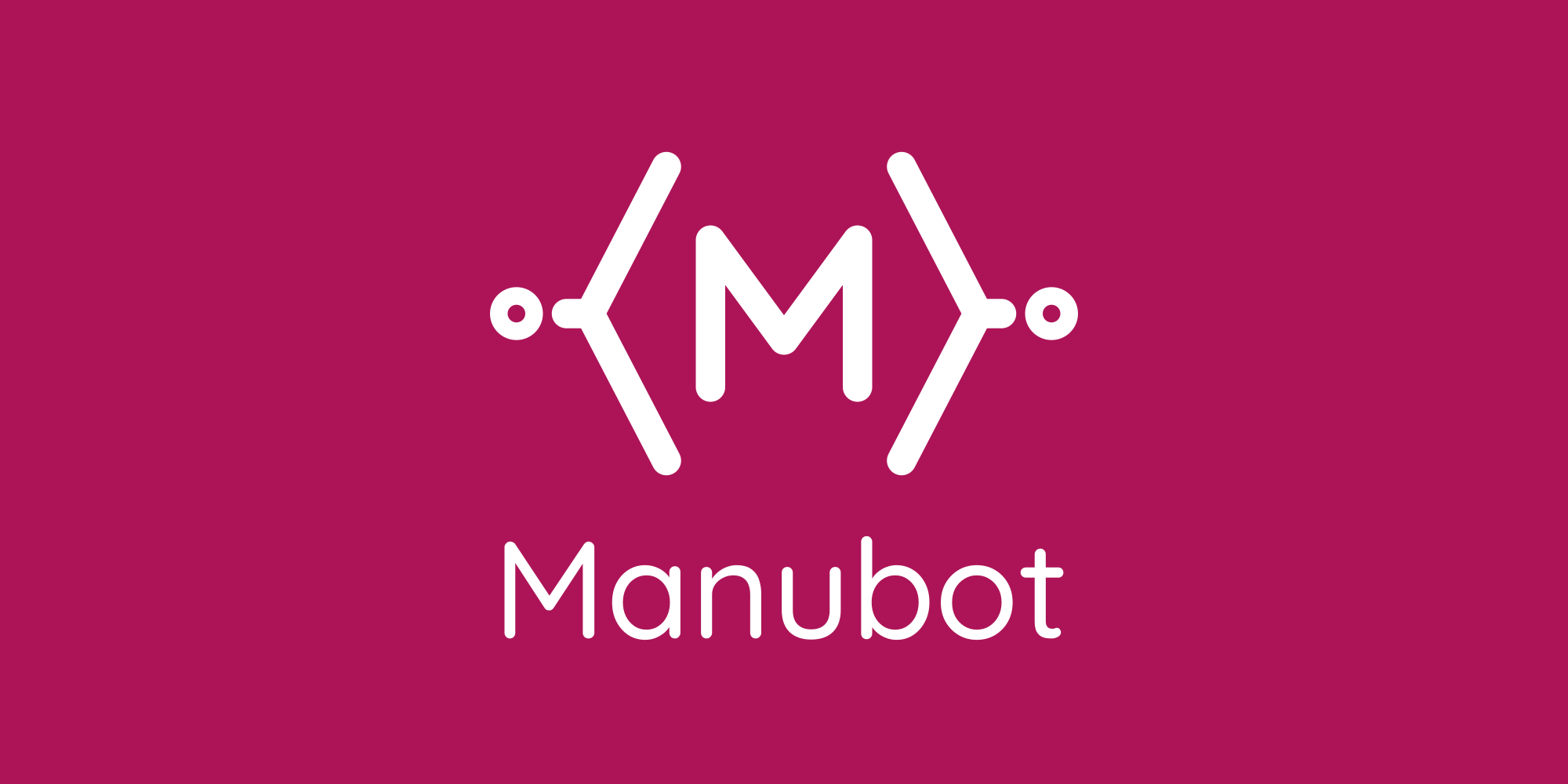Resources
This page includes our lab videos, information we find useful and opportunities.
Watch our lab videos!

Seminar presented by Serghei Mangul at Department of Clinical Pharmacy, Mann School of Pharmacy and Pharmaceutical Sciences University of Southern California on April 27, 2023

Intro to Unix Workshop taught by Serghei Mangul at UCLA’s Collaboratory; parts 3

Intro to Unix Workshop taught by Serghei Mangul at UCLA’s Collaboratory; parts 2

Intro to Unix Workshop taught by Serghei Mangul at UCLA’s Collaboratory; parts 1

Seminar presented by Mangul Lab postdoctoral scholar Dr. Jaque Brito at the USC Preventive Medicine Biostatistics Seminar Series Preventive Medicine on February 27, 2020

Talk presented by Mangul Lab collaborator Nathan LaPierre at the RECOMB-Seq 2020 Virtual Conference on June 26, 2020

Talk presented by Mangul Lab postdoctoral scholar Dr. Jaque Brito at the BCC2020 Virtual Conference on July 19, 2020:

Talk presented by Mangul Lab undergraduate researcher Niko Darci-Maher at the BCC2020 Virtual Conference on July 19, 2020:

Talk presented by Mangul Lab undergraduate researcher Varuni Sarwal at the BCC2020 Virtual Conference on July 20, 2020:

Talk presented by Mangul Lab PhD researcher Karishma Chhugani at the ShowCAIS 2024 at USC Center for AI in Society on April 19, 2024
Information we find useful!

A guide for editing scientific figures in Adobe Illustrator, prepared by the Arun Raj Lab for Systems Biology at UPenn.

Tutorials for learning basic through advanced concepts in biology, genomics, and computational biosciences.

Video recordings and live streamings of workshops for coding and NGS data analysis.

A collection of pure bash alternatives to external processes.
Bioinformatics for Ukraine

Kick off the season by showing your support for Bioinformatics for Ukraine, a noble initiative aimed at support for Ukrainian scientists and students whose lives have been deeply affected by the ongoing conflict. Your contribution can make a significant difference in advancing biological discovery and promoting human health, particularly in regions like Ukraine that are facing the challenges of an ongoing conflict. The dreams and hard work of these aspiring individuals have been interrupted by the harsh realities of war, but together, we can help reignite their passion for bioinformatics and biology.
Donating is quick and easy – simply click on the Donate Now button, and your generosity will provide essential support to both aspiring and current fellows of the Bioinformatics for Ukraine initiative. By doing so, you’re not only investing in their future but also contributing to the greater global effort to bridge the gap in resources and opportunities for researchers in regions with limited access to funding. Join us in making a positive impact and fostering a brighter future for the next generation of Ukrainian scientists and researchers.
Your donation is a powerful tool for change in the field of bioinformatics and biology, and it will help Ukraine and similar countries overcome the obstacles they face. Together, we can create a ripple effect of progress and innovation in these vital areas. Visit http://bioinformaticsforukraine.com/ and take the first step in supporting this meaningful cause today.

Funding Opportunities
We are prepared to help our members apply for internal and external awards for research, travel, and education support! For other curated lists, please see: https://thethrashlab.com/opportunities/
Undergraduate
Agency and Awards
- University of Southern California Provost - Undergrad Research Fellowships
- University of Southern California Dornsife - Student Opportunities for Academic Research (SOAR)
- University of Southern California Dornsife - Summer Undergraduate Research Fund (SURF)
- The Barry Goldwater Scholarship and Excellence in Education Foundation - Goldwater Scholarship
- Computing Research Association - Outstanding Undergraduate Researcher Awards
Graduate
Agency and Awards
- National Science Foundation - Graduate Research Fellowship Program (GRFP)
- Ford Foundation - Predoctoral Fellowship
- Ford Foundation - Dissertation Fellowship
Postdoctoral
Agency and Awards
- Ford Foundation - Postdoctoral Fellowship
